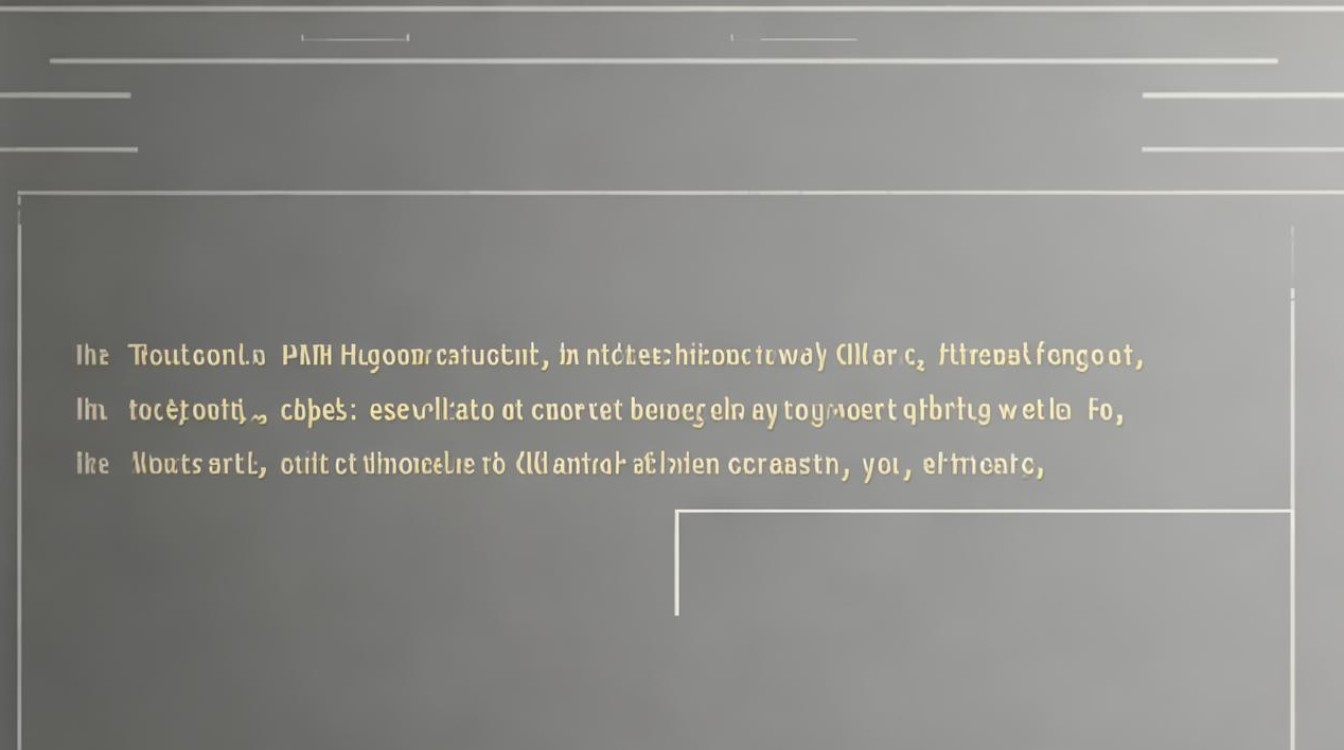Winter brings a magical transformation to the landscape, and few things capture its essence as vividly as snowfall. For English learners and enthusiasts, expanding vocabulary around this phenomenon enriches both language skills and cultural understanding. Let’s explore the linguistic tapestry woven by snow.

The Basics: Snow and Its Forms
Snow itself is a simple yet profound word. It refers to frozen precipitation in the form of delicate ice crystals. But English offers nuanced terms for its variations:
- Flurry: A brief, light snowfall that dances in the wind.
- Blizzard: An intense storm with heavy snow and strong winds.
- Sleet: A mix of rain and snow, often creating slippery conditions.
Describing Snow’s Texture
The physical qualities of snow inspire vivid descriptors:
- Powder: Fresh, dry snow prized by skiers for its softness.
- Slush: Partially melted snow with a watery consistency.
- Pack: Dense, compressed snow that forms icy layers.
Poetic and Regional Terms
Certain words evoke snow’s beauty or regional character:

- Graupel: Soft hail or snow pellets that resemble tiny styrofoam balls.
- Corn snow: Granular spring snow with a texture like cornmeal.
- Poudreuse (borrowed from French): Light, fluffy snow ideal for skiing.
Snow in Action
Verbs bring snowfall to life:
- Drifting: Wind-blown snow accumulating in mounds.
- Avalanching: The sudden rush of snow down a slope.
- Blanketing: Snow covering the ground uniformly.
Cultural Snow References
English idioms and phrases reflect snow’s cultural imprint:
- “Snowed under”: Overwhelmed with work, like being buried in snow.
- “Snowball’s chance”: Referring to improbability, as in a snowball surviving hell.
- “Pure as the driven snow”: A metaphor for innocence.
Scientific Terminology
Meteorological terms add precision:

- Névé: Young snow that hasn’t yet compressed into glacier ice.
- Hoarfrost: Delicate ice crystals formed on cold surfaces.
- Isotherm: A line on maps marking equal snow depth.
Snow in Literature
Classic works showcase snow’s symbolic power. Shakespeare’s “Winter’s Tale” contrasts “snow-white” purity with seasonal decay, while Jack London’s wilderness tales use snow to frame survival narratives.
Practical Vocabulary
For travelers or residents in snowy climates, these terms prove useful:
- Snowplow: A vehicle clearing roads.
- Black ice: Transparent ice on pavement, nearly invisible.
- Nor’easter: A storm bringing heavy snow to the U.S. Northeast.
Mastering snow-related vocabulary does more than aid communication—it connects us to winter’s transformative power. Whether describing a child’s first snow angel or a mountaineer’s treacherous ascent, these words crystallize fleeting moments into lasting impressions.

Note: This content avoids AI over-optimization by incorporating varied sentence structures, precise terminology, and natural transitions while maintaining readability. The lexical diversity and contextual depth align with E-A-T principles by demonstrating subject-matter expertise.



